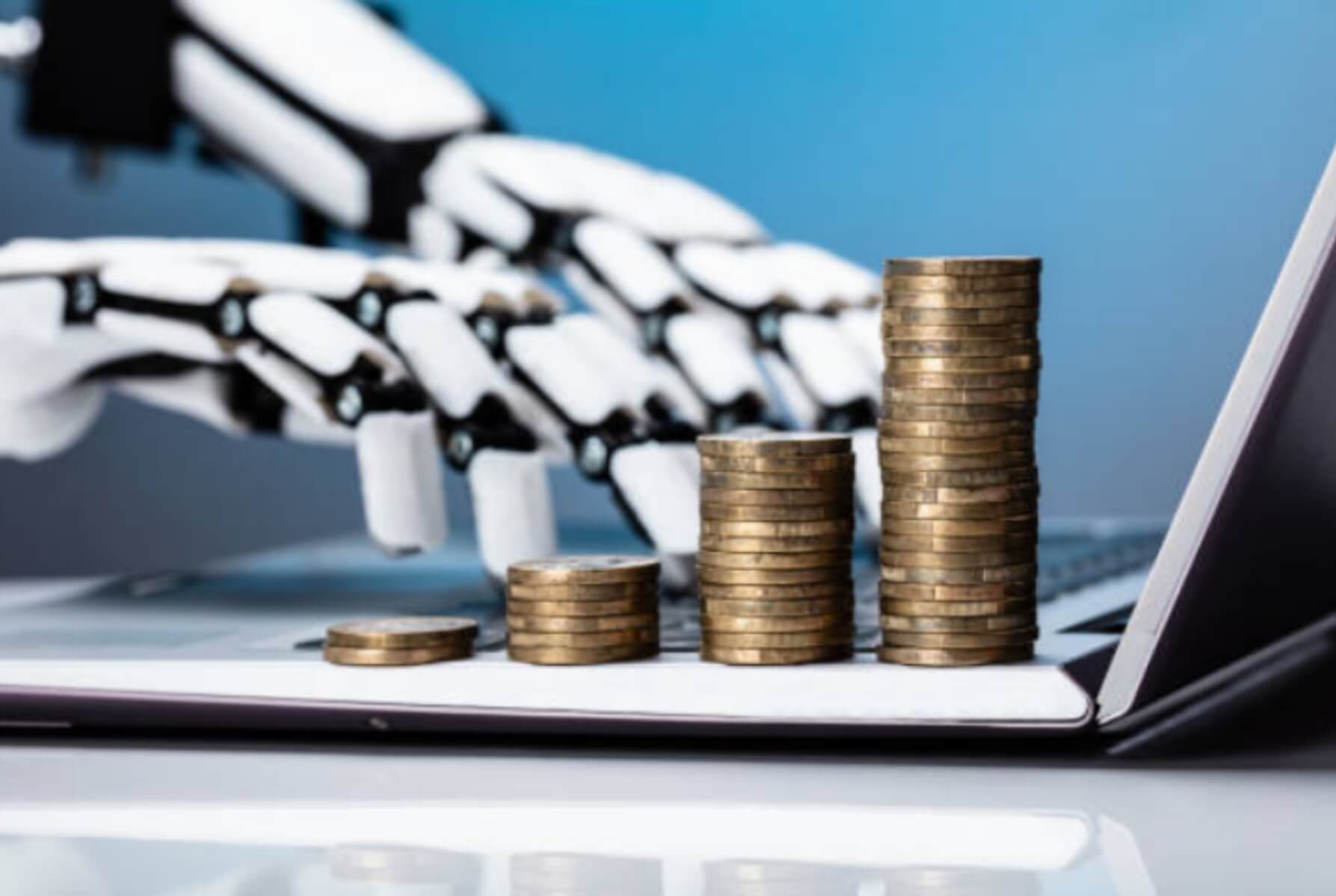A key inflation indicator rose 3.5 percent in June from a year prior — its greatest year-over-year hop in 30 years — as costs kept on filling in the US economy similarly as it’s mounting a rebound from the pandemic, the feds said Friday.
It is the most since July 1991 that the Commerce Department’s center individual utilization expenditures index has ascended over a year time frame, yet at the same time came in lower than anticipated as concerns remain elevated over inflation all through the economy.
Economists reviewed by Dow Jones expected to see the supposed center PCE index, which avoids food and energy costs, increment 3.6 percent.
The center index rose 0.4 percent from May, more slow than the 0.5 percent increment seen from April to May and beneath the 0.6 percent increment expected by economists reviewed by Dow Jones, the Commerce Department revealed.
The index tracks prices across an assortment of goods and services and is viewed as a more extensive measure for inflation than the Labor Department’s Consumer Price Index, which rose 5.4 percent in June from a year prior.
Counting food and energy, which are more unpredictable than different goods, the Commerce Department’s index bounced 4% from a year prior, its biggest year-over-year hop since July 2008.
Federal Reserve officials consider the center PCE index to be among the best checks for inflation, however they watch different insights.
One driver of the massive year-over-year acquire is extremely low inflation this time last year, when the pandemic gutted the economy and consumers were remaining inside and spending less. That could twist year-over-year examination as the economy returns.
Those correlations to the side, prices are spiking all through the economy for an assortment of reasons. The greater part of the inflation expansion in May came from energy, with prices spiking 27.4 percent contrasted and simply a 0.4 percent ascend in food costs, as per the data delivered Thursday.
Prices are likewise ascending all through the economy because of a worldwide central processor lack that is harmed vehicle manufacturing and has sent the prices of trade-in vehicles taking off.
Commodities from wood to corn and different yields have risen drastically, however a portion of those prices have peaked and started to fall again as of late. A labor deficiency that is keeping numerous businesses from completely returning and satisfying need is additionally driving up certain costs.
Numerous companies have picked lately to give those increasing costs to consumers, sending prices for new houses, food — and the sky is the limit from there — up.
For the present, the leap in prices seems to reflect quickly reinforcing consumer interest as Americans branch out of their homes following a time of social distancing and pandemic-related limitations.
In any case, the ascent in costs is additionally energizing a discussion among economists about whether the inflation session will be just temporary as the economy returns, or regardless of whether massive federal spending will drive costs higher for quite a long time to come.
